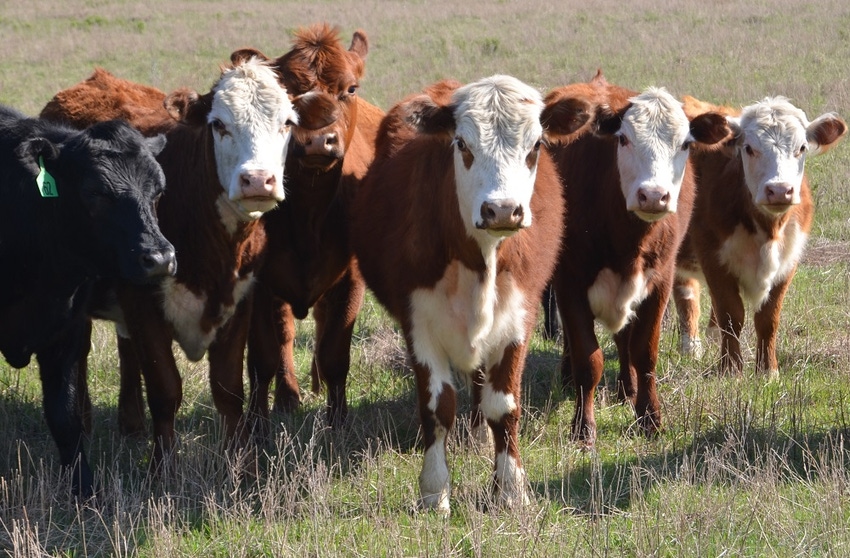
When I worked with Wally Olson of Claremore, Oklahoma, on a story about the "no-depreciation cow-calf operation" recently, I had a suspicion folks would want to think of it as a rigid system.
From web discussions I've seen, some people saw it exactly as a system. Ultimately, that is not the intent.
Olson is making the point that cows actually appreciate in value for a time and then depreciate for a time. This is not universally true, and as we said in the story, the time of year and demand for cows is a big influencer. For example, during hay season, the cow market typically experiences lower traffic and lower demand and lower prices, in general. This is often an untapped opportunity in the cattle markets, yet not universally so.
Moreover, Olson is saying there are opportunities to buy and sell cattle outside the normal, drone-like mentality of the cattle-market patterns. The market regularly changes values on the various classes of steers, heifers and cows based on what people wants or thinks they want. There are certainly seasonal patterns, but they are patterns only.
Look for every opportunity to make money, Olson says. After all, the cattle business should be about making money doing something you love, not about doing something you love badly until your net worth is destroyed.
Olson says, "We are trying to make selling the 5-year-old cow into a recipe to do business by. This is wrong. It is the price relationships of the classes of cattle that you need to be working with, not a set program."
He explains further to look every day at your inventory, look at price relationships, and sell what's overvalued and keep what's undervalued (or buy more). To do this, you must calculate and include your "cost of carry" by the month or year, meaning the amount of money it costs you to keep animals. Typically you should think in terms of your true daily cost, such as $1 per day, which gives you good estimates of monthly or yearly costs. (These things were mentioned in the original article, as well.)
Olson also uses sell-buy accounting, such that the value of sold stock is counted against the value of purchased stock, so any money you have left over is available as profit or for reinvestment.
In the following example, Olson compares the value of a bred heifer with a prime-aged cow with calf (a pair).
Let's suppose you have a heifer that's bred eight months and you are considering selling her and buying a young cow with a 3-month-old calf. The man with the pair wants $2,200. What is the value of your bred heifer? To make the pair equal in value, it will take four months of carry costs at a little more than $1 per pair per day. At $40 per month that is $160 over the four months. Subtract the $160 from the $2,200 and the bred heifer is worth $2,040 on a comparative basis.
Can you get more or less for the bred heifer? If you can get more -- meaning you can put money in your pocket -- the sell/trade might be worthwhile.
About the Author(s)
You May Also Like




